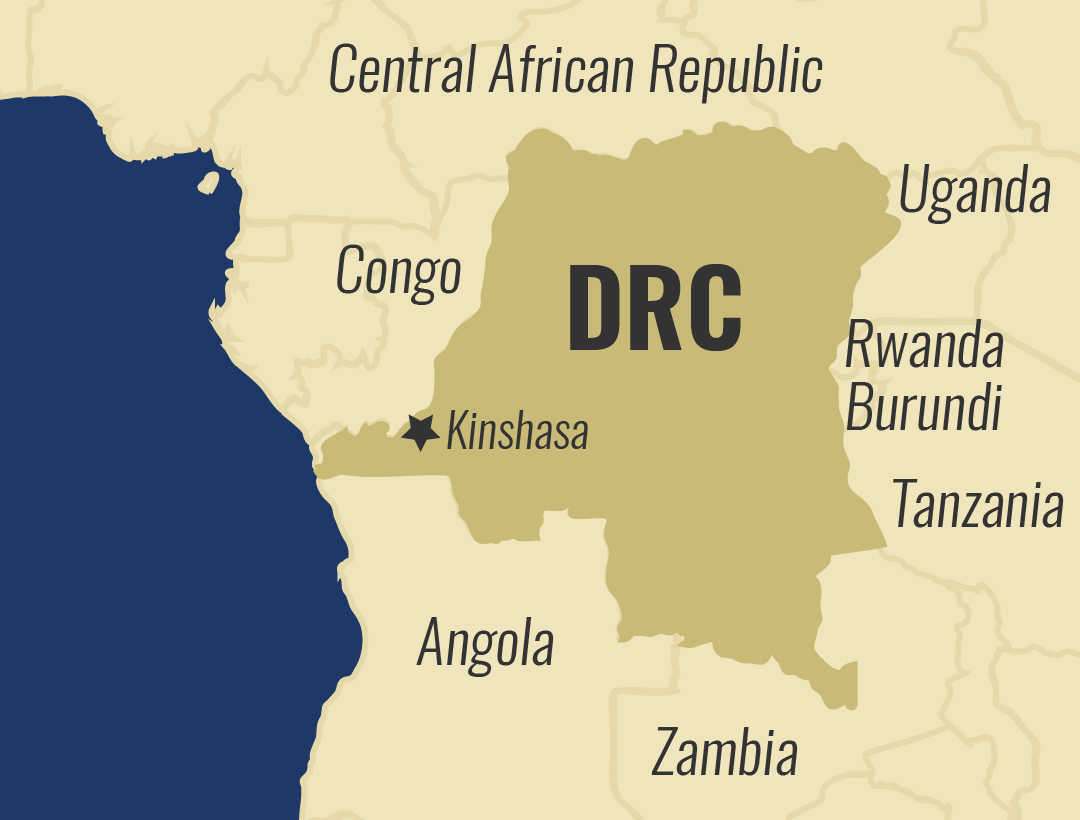Faces of Africa – Meles Zenawi: The Man Who Gave Back
Cycles of drought and famine had long played a role in Ethiopia’s politics. In 1974, a terrible famine resulted in the overthrow of Emperor Haile Selassie. His death at the hands of a ruthless military dictatorship ended a long line of emperors going back to King Solomon and the Queen of Sheba. But the bloody crackdowns of Mengistu Haile Mariam’s military regime or Derg sparked a new wave of rebellion.
Among the rebels, was a smart young man from Tigray called Meles Zenawi. At 14, Meles got a scholarship to a prestigious school named after World War II guerrilla warfare expert Orde Wingate. Meles made it his mission to fight the Derg.
“It’s an extraordinary legend! This handful of students brought their ideas out into the wilderness of northern Tigray. They relied on the local peasantry to feed them, to sustain them, until they decided that it was time to begin the insurrection,” Aidan Hartley – analyst.

Aidan Hartley was a young reporter for the news agency Reuters; he got to know the rebels.
“I met a very unassuming, quite young man. He looked like a café-ole Lenin. He was smoking quite heavily, that’s what I remember from my first meeting with him. I had no idea who he was and he said “my name is Meles Zenawi and you’re going to go to Tigray, starting tomorrow and good luck”, he recalled.
Meles’ grasp of both ideological and military tactics elevated him to the top ranks of the rebellion’s secretive leadership circles. But a shocking event that caught the world’s attention took place in the mountains of Tigray.
“The Derg regime was hampering the aid. Since the cause it was fighting for was the cause which the people were supporting, people started to support it. People became a part of the struggle as a whole,” Recalled Tewodros Hagos, TPLF Mekele, Tigray.

Tewodros Hagos was an early friend of Meles in the Tigrayan Peoples Liberation Front or TPLF. Caught in a famine and between warring armies, it was the peasants, whom the rebels relied on for support that suffered the worst of the famine of the 1980’s.
Thousands died while the Derg who could have helped did little. News reports on the famine helped launch one of the biggest aid efforts ever. In May 1991 Derg forces disintegrated and within days rebel forces, including Meles’ TPLF, captured Addis Ababa. In 1995 Meles was elected as the Prime Minister. He placed the peasants at the center of his economic policies. A huge program of food security for the country’s peasants known as the Safety Net Program was rolled out, a move that led to much unhappiness and criticism of him from the cities.
“Meles told us to make terraces in the villages in the mountains and make dams in the rivers. Once a week we make terraces to protect against degradation,” told Meseret, a farmer.

Meles Zenawi died after being hospitalized in Belgium on August 20, 2012. His death at just 57 came as a shock, both to Ethiopians and to the world.
“Perhaps history will be kind to Meles in that Ethiopia’s journey was not to be concluded in May 1991 but that the road was a longer one and that some of the economic developments that we see taking place in Ethiopia and across the region were things that had to be working towards and that those economic benefits will eventually feed through into the creation of a healthier civil society and a healthier democracy,” told Aidan Hartley.
“He really worked very hard, he sacrificed all his time, his youth, everything, to elevate the country from poverty,” told Tewodros Hagos.





